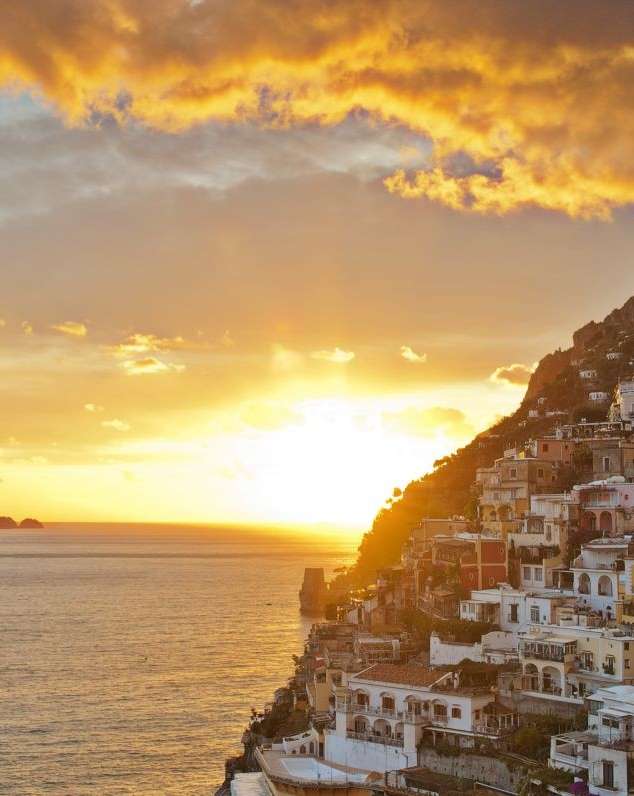
Village of Tiscali in Sardinia, an archaeological site to visit
November 14, 2014The village of Tiscali is an archaeological site located in Sardinia, in the municipality of Oliena and Dorgali. More precisely, it is located on Mount Tiscali, a small mountain 518 meters high, on top of which is a sinkhole. The village was built during the Nuragic Age (XV/XIV - IX/VIII century BC), although its origin is shrouded in mystery, because it appears to be very different from the other nuragic buildings. The village was entirely built along the walls of the sinkhole, so that it is not visible unless you go inside the cavity through a wide opening in the cliff face.
The area has two different groups of huts: some of them have a rectangular shape, but mainly they have a circular one. Such constructions are all placed against the walls and they are in decay, mostly collapsed on themselves. The huts that were used for residential purposes are located on the east side, but only one of them still retains part of the small dome and the entrance with a small architrave of juniper. The cabins on the west side, however, were probably used as warehouses and storerooms for food. Looking north-east, you’ll find a cavity inside the sinkhole, which allowed the release of smoke from the village and was a great lookout point over the surrounding valley.
Researchers believe that the village of Tiscali has been inhabited during the Roman period, and some evidences from the Middle Ages actually attest it was highly populated in ancient times.
Within the sinkhole, there is a unique microclimate that allows the growth of an extremely rare vegetation for the area. There are in fact giant mastic and turpentine trees, which are normally classified as shrub species typical of the Mediterranean maquis.
The Tiscali village is a favorite destination for archaeologists but also for walkers, thanks to its unique location. It is in fact located in a wild territory, where nature has been kept intact for thousands of years, in the middle of the karst mountains. To reach this place you’ll walk through paths of an undeniable charm: they penetrate the heart of Supramonte and they are immersed in forests of oak and arbutus. You can walk these paths in about one and a half hour, but they require a lot of training and sense of direction, because they are not very easy to locate. For this reason it is highly recommended to visit the area with one of the local guides.
To access the nuragic village and visit it, you also need to pay the entrance fee: this ticket costs 5 €, while the price of the reduced one is 2 €. The site is open from May to September from 9 am to 7 pm and from October to April from 9 am to 5 pm.












